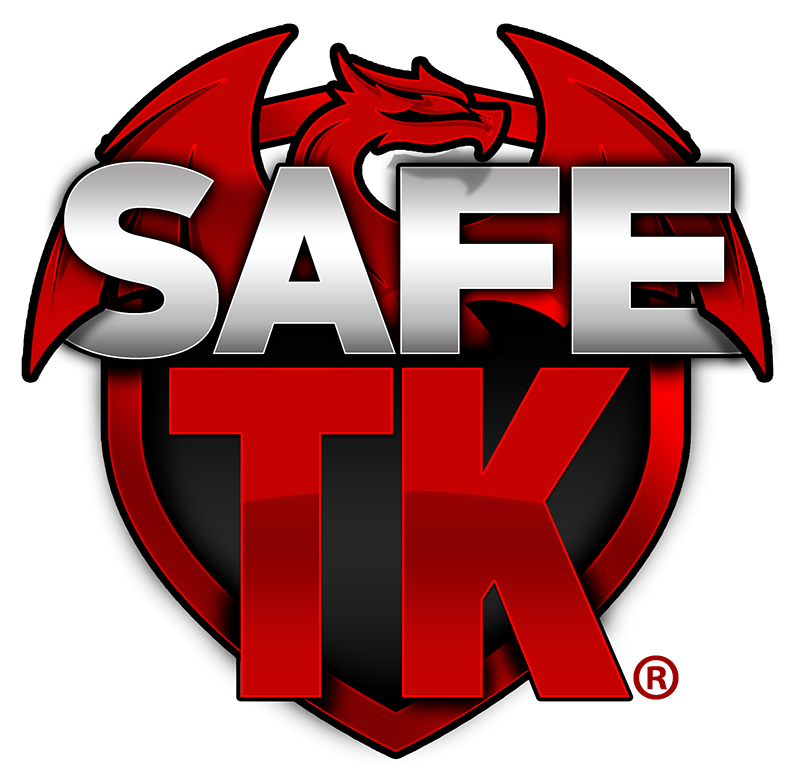Cloud Solutions for the Logging Industry

The logging industry remains one of the most dangerous in the United States. The dangers of the industry span from the forest to the yard, where employees regularly operate a wide array of saws and other potentially dangerous machinery.
Which safety hazards are the most common?
LOTO for the Logging Industry
In a lumber mill, there is heavy machinery around every corner. There are machines that process the logs by peeling the bark, round saws to cut them, and sawmills to break them into squares. The hazardous equipment in the lumber industry also includes transfer chains and kickers to move the logs.
Increasingly, lumber mills are partnering with the tech industry to manage pain points while protecting the safety and well-being of mill employees. Electronic Safety Permitting systems are key to ensuring the safe execution of hazardous work activities at working facilities within the logging industry. Safety Permitting procedures are usually backed by a Job Hazard Analysis process and a range of related procedural steps for risk-related activities such as confined space, hot work, etc. Different activities require distinct processes and approvals which must be practiced by personnel. The vast majority of operational facilities use hand-written paper-based permit-to-work procedures and forms.
While there are numerous electronic permit-to-work systems available on the market, the question must be asked if an organization should continue to trust personal knowledge, memory and slips of paper to manage critical safety-related events
Falls
Working at heights is part of the routine for many mill employees and even seasoned veterans need reminders of the proper anchor points for their fall protection harnesses and other safety elements they may miss during their day-to-day operations. The most useful safety information is contained within the Job Hazard Analysis, or JHA.
In most safety permitting processes, the first step is the permit request and the corresponding JHA for the function to be completed. In some cases, this includes completing a permit request form, completing the JHA, and then conveying the completed forms to a supervisor or permit-authority. This task alone can take anywhere from a few minutes to an hour or more. SafeTK® has the permit request and JHA processes fully integrated, allowing the permit request and JHA to be related, prepared, and submitted in just minutes with no need to physically deliver the paperwork. Additionally, at this stage there is no need for physical paperwork because work requests and JHAs can be prepared and submitted online.
Wearing PPE
Wearing the right personal protective equipment, such as hard hats and safety goggles, is a basic responsibility of each worker. But with so many employees spread across the state, safety managers can’t watch every worker at all times. In these instances, managers can depend on JHAs and audits to ensure that each employee is maintaining a safe work environment.
While auditing each mill, safety managers can access the standard operating procedures for each site by logging into SafeTK® from her mobile phone. They can also review the JHA for a particular task, see what the recommended procedures are and how that compares to how the worker is currently performing the task. OSHA requirements are shifting to a greater emphasis on training, compliance and enhanced verification process. Regulators in many areas are moving to impose more significant penalties when incidents occur due to a lack of proper processes. These process failures can include instances of inadequate training, lack of records or audit and an overall poor-quality control standard set by the business.
A traditional manual audit is limited in its scope to reviewing existing paper records, which cannot verify what order the activities were completed in or if the tasks were finished in compliance with safety regulations. The limitations of the traditional paper process can result in short cuts and corner cutting when the operators are under pressure to complete their tasks. More frequently, companies are beginning to require a more detailed and specific audit trail which can be searched and reviewed on demand.
Aside from causing irreparable damage to employees, occupational accidents cause losses to equipment and the environment, as well as having a negative impact on productivity. Due to these factors, it is critical to identify any potential hazards and take action to minimize the possibility workplace accidents.
The limitations of the traditional paper process can result in short cuts and corner cutting when the operators are under pressure to complete their tasks.
Conduct a Thorough Risk Assessment
Workplace safety in an industrial facility is an achievable goal, provided you know the potential sources of hazards and methods to prevent or minimize those dangers. A comprehensive and effective risk assessment can help the manager stay aware of the hazards present in a facility and highlight the required equipment maintenance and repairs. It is critical to create a risk assessment plan that labels all of the potential hazards associated with a specific manufacturing process. A correctly formed risk assessment will also determine the risk level of a given task, review the safety process and working condition of equipment, and recommend the critical control measures.
Completing Permits by Hand Delays High Priority Maintenance and Operation Processes
Traditional paper permitting processes are frequently lacking in efficiency and problematic to administer in a time-critical work environment, particularly throughout planned shutdowns and breakdowns. The paper process necessitates a considerable quantity of time and monotonous entering of information on forms by hand, squandering time that could have been used attending to more imperative responsibilities. A few ways the limitations of hand written safety permit processes can cause difficulties for a site include:
- Vital maintenance employees can spend their valuable work hours filling out masses of permit forms. This paper work will often slow down plant production because of equipment remaining out of use for unexpected, and longer periods of time.
- Shutdowns, Turnarounds, and Outages (STOs) can result in substantial buildups of permits leading to a large amount of wasted time as personnel line up and wait for permits when they could be accomplishing the important work.
- Employee confusion created by illegible handwritten permits.
- Regularly, the status of other permits (particularly those with shared isolations) is not easily accessible, demanding added time and checks to confirm breaches do not occur.
Work-hours are often misspent simply figuring out what state of readiness the physical plant is in and which person holds certain permits. Throughout a shutdown or outage, delays such as these can cause major issues in returning the plant to service due to the large number of permits that must be surrendered before plant restart. For a plant, this can equate to wasted time, money, resources, and energy.
Deliver consistent and adequate training to employees
Whether an employee is newly hired or an experienced worker, they must be trained to follow the established safety guidelines, thereby reducing the risk of injuries or workplace accidents. While the national safety standards for the manufacturing industry keep evolving, it is critical that safety professionals and managers provide and deliver regular training to employees, ensuring that only properly trained employees operate on the machinery. This training works to prevent potential misuse of tools or the lack of expertise can cause serious accidents.
In a manufacturing plant, employees may perform complex and dangerous tasks involving welding, cutting, heavy equipment lifting, and raw material assembling. Every workplace should take the necessary safety measures, thereby reducing the risk of workplace accidents. This includes within the logging industry.
Regulations Require More
OSHA requirements are shifting to a greater emphasis on training, compliance and enhanced verification process. Regulators in many areas are moving to impose more significant penalties when incidents occur due to a lack of proper processes. These process failures can include instances of inadequate training, lack of records or audit and an overall poor-quality control standard set by the business.
A traditional manual audit is limited in its scope to reviewing existing paper records, which cannot verify what order the activities were completed in or if the tasks were finished in compliance with safety regulations. The limitations of the traditional paper process can result in short cuts and corner cutting when the operators are under pressure to complete their tasks. More frequently, companies are beginning to require a more detailed and specific audit trail which can be searched and reviewed on demand.
The Future of Efficiency
The restrictions and limitations of the traditional paper system are not new however, they have become increasing more pronounced with the modern demands for efficiency. A greater emphasis on employee safety and stricter governmental regulations have created the need for a more robust permitting system. To protect workers more fully, decision making requires a faster system with enhanced transparency. Even when traditional standards and procedures are strictly followed by operations, the antiquated paper-based process still fails to meet current standards of reporting and audit capabilities needed to keep pace with the business requirements. This is one of many reasons why more companies are moving forward with an electronic safety permitting system such as SafeTK®.
Partnering with Stilwell & Associates means that you will have access to the most current and up to date product on the market that will not let you down. Unlike other well-known software solutions, SafeTK® has the cross-functionality between modules that saves our clients a substantial amount of time.
